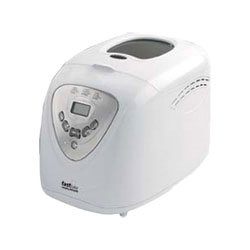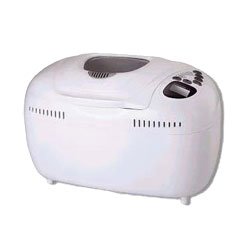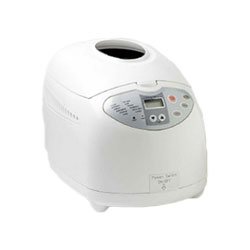What is Bread Improver and Does it Work?
Published on 6th February 2013
Many people choose to invest in a bread maker and make their own bread to avoid strange and unpleasant additives. However, clean living, health conscious people everywhere have probably noticed that in many recipes a sachet of bread improver (also known as flour treatment agent) is included. What exactly is this? Is it healthy? And does it actually improve your bread?
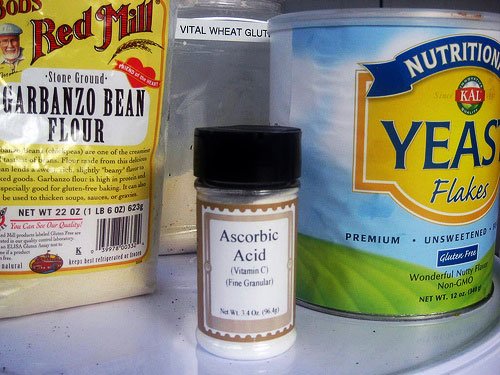
Does it really make a difference? (image source: green_cove)
You will find the supermarket shelves stacked with a good selection of these flour treatment agents. They claim to be the magic ingredient and promise to make your dough fluffy and light when added to your bread maker. Yet the actual content of the stuff inside the handy little sachets can prove quite illusive.
The Good Stuff
If you are careful you can buy high quality flour treatment agents that contain only natural ingredients. Here is some of the good stuff to look out for:
- Diastic Malt feeds the yeast and adds sweetness.
- Wheat Gluten gives the dough elasticity.
- Potato Flour forms a smooth silky crumb.
The Bad Stuff
If you are not careful you could end up blighting your lovely, fresh home made bread with some rather nasty chemicals. L-Cysteine (E920) is obtained from poultry feathers or human hair. It can also be found in cigarettes! Another one to watch out for is Amylase (E1100). This is derived from the pancreatic acid of a pig. These are sometimes listed in ingredients as simply "enzyme".
Is It Really Necessary?
The bottom line is that flour treatment agents are designed for commercial baking. They are a necessary and useful component in bread factories. However, when you speak to seasoned home bakers, who use bread makers regularly, the message is that they are not really needed. They do give the bread a pleasant texture, but with a little practise, you can achieve this by using good strong flour with a high gluten content.
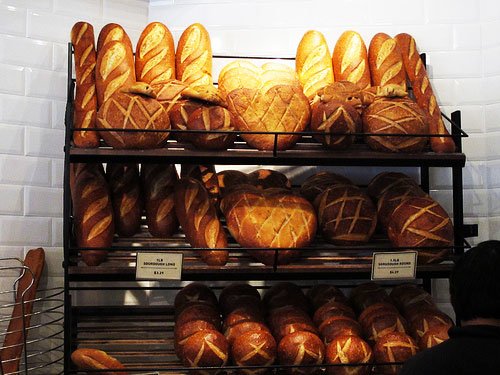
Bread improver is often used in commercial baking (image source: anitakhart)
There are ways of improving your bread without using bread improver concoctions. Try adding vitamin C to your breadmaker in the form of orange juice. This helps the gluten form. You replace the water with an equal amount of fresh orange juice for a lighter rise and texture. Your bread shouldn't taste fruity, but if it does, water the juice down next time.
You have to source reliable providers. When you pick up those supermarket brands, be sure to have a close look at the ingredients on the back of the packet. Now you are armed with the knowledge of what those unpronounceable long words actually mean!
comments powered by DisqusPopular Posts
Latest Posts
Browse by Brand










